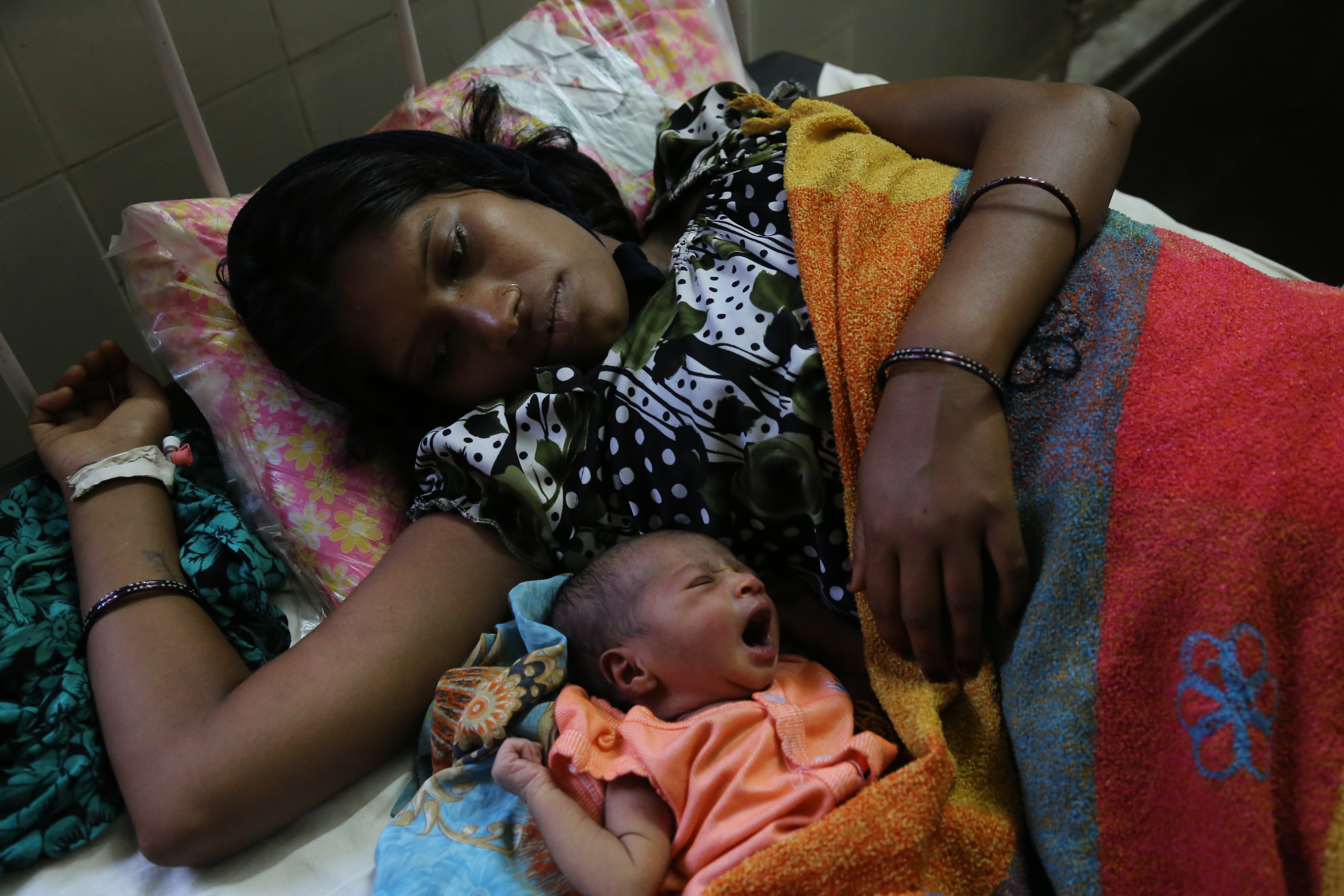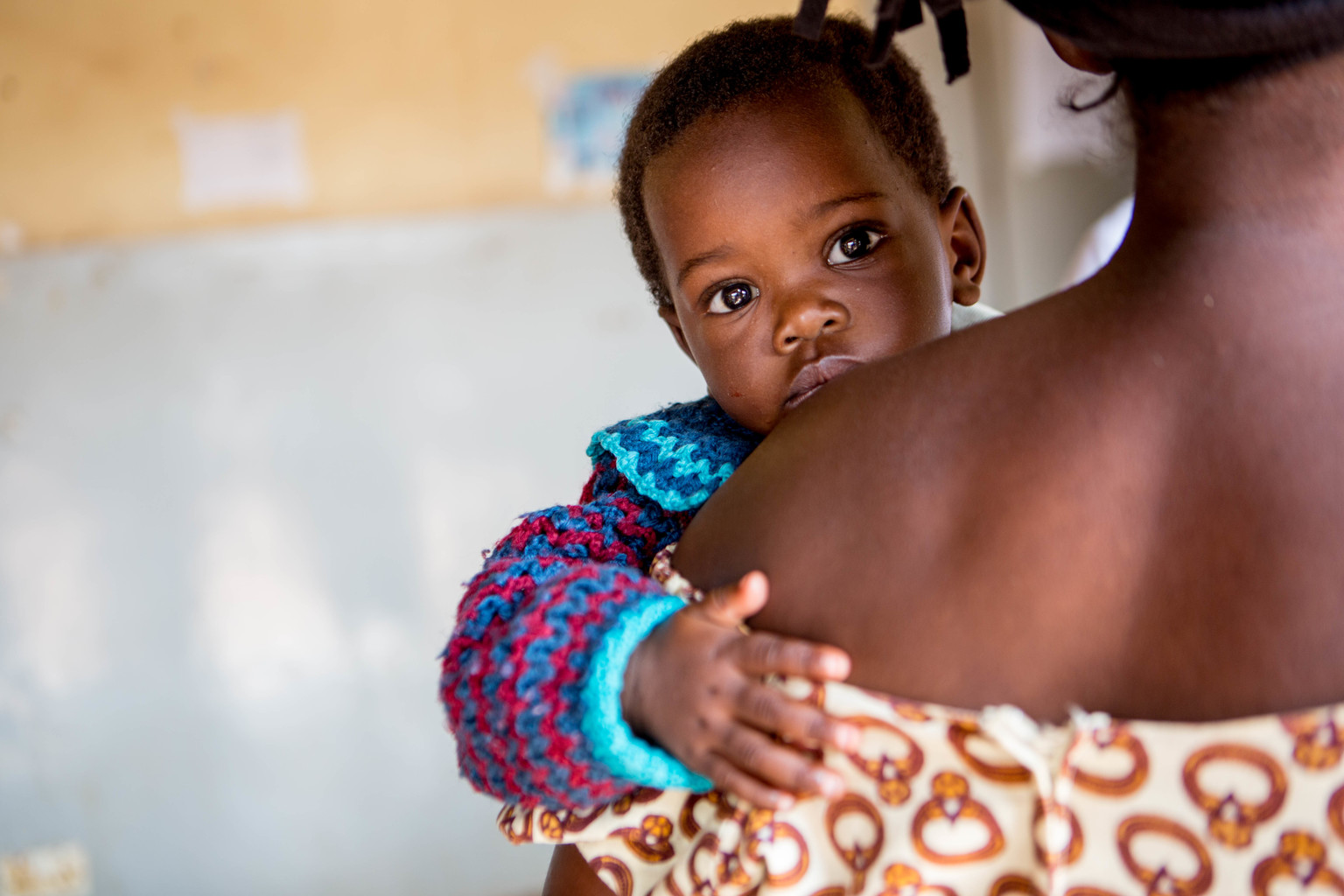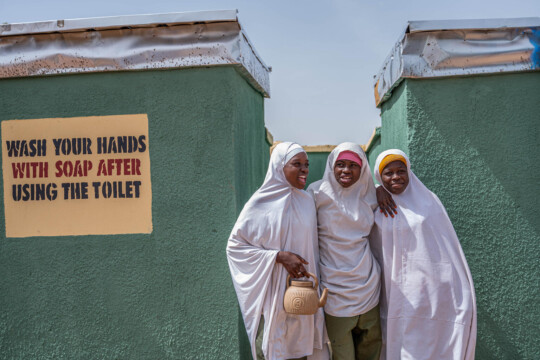Equitable coverage? The roles of the private and public sectors in providing maternal, newborn and child health interventions in South Asia

The private sector accounts for an important share of health services available in South Asia. It is not known to what extent socioeconomic and urban–rural inequalities in maternal, newborn and child health (MNCH) interventions are being affected by the presence of private providers. Nationally representative surveys carried out from 2009 to 2015 were analysed for seven of the eight countries in South Asia, as data for Sri Lanka were not available. The outcomes studied included antenatal care (four or more visits), institutional delivery, early initiation of breast feeding, postnatal care for babies, and careseeking for diarrhoea and pneumonia. Results were stratified according to quintiles of household wealth and urban–rural residence.
At regional level, the public sector played a larger role than the private sector in providing antenatal (24.8 per cent vs 15.6 per cent coverage), delivery (51.9 per cent vs 26.8 per cent) and postnatal care (15.7 per cent vs 8.2 per cent), as well as in the early initiation of breast feeding (26.1 per cent vs 11.1 per cent). The reverse was observed in careseeking for diarrhoea (15.0 per cent and 46.2 per cent) and pneumonia (18.2 per cent and 50.5 per cent). In 28 out of 37 possible analyses of coverage by country, socioeconomic inequalities were significantly wider in the private than in the public sector, and in only four cases the reverse pattern was observed. In 20 of the 37 analyses, the public sector was also more likely to be used by the wealthiest women and children.


